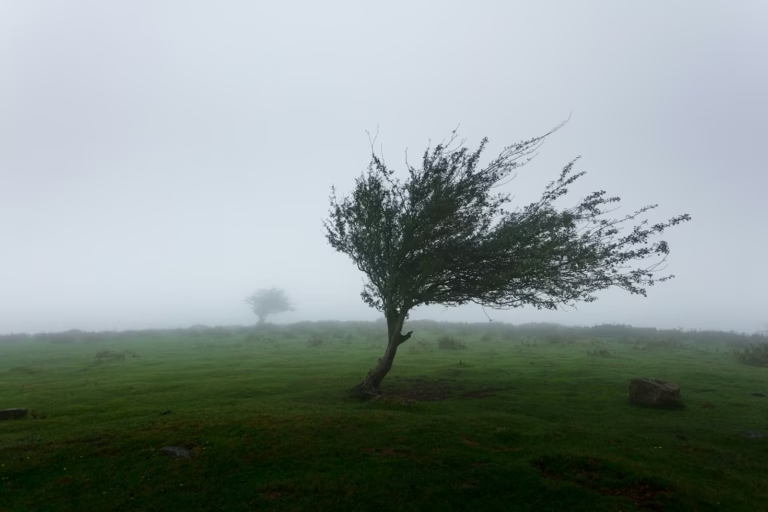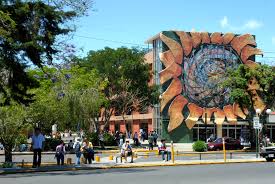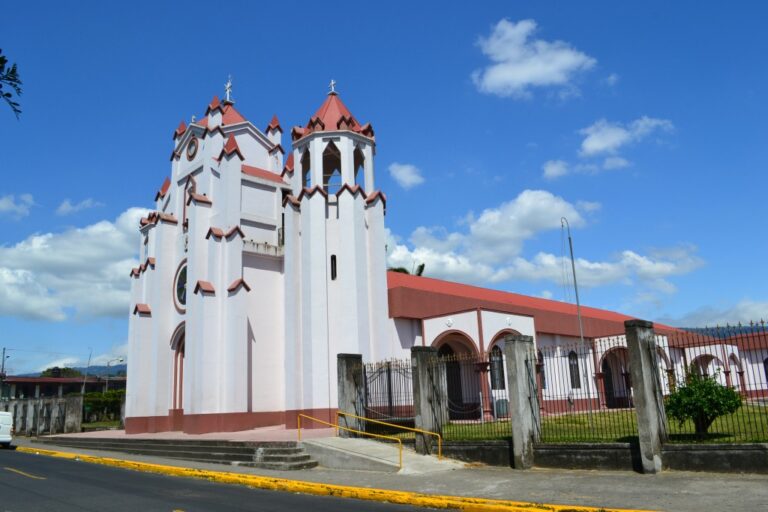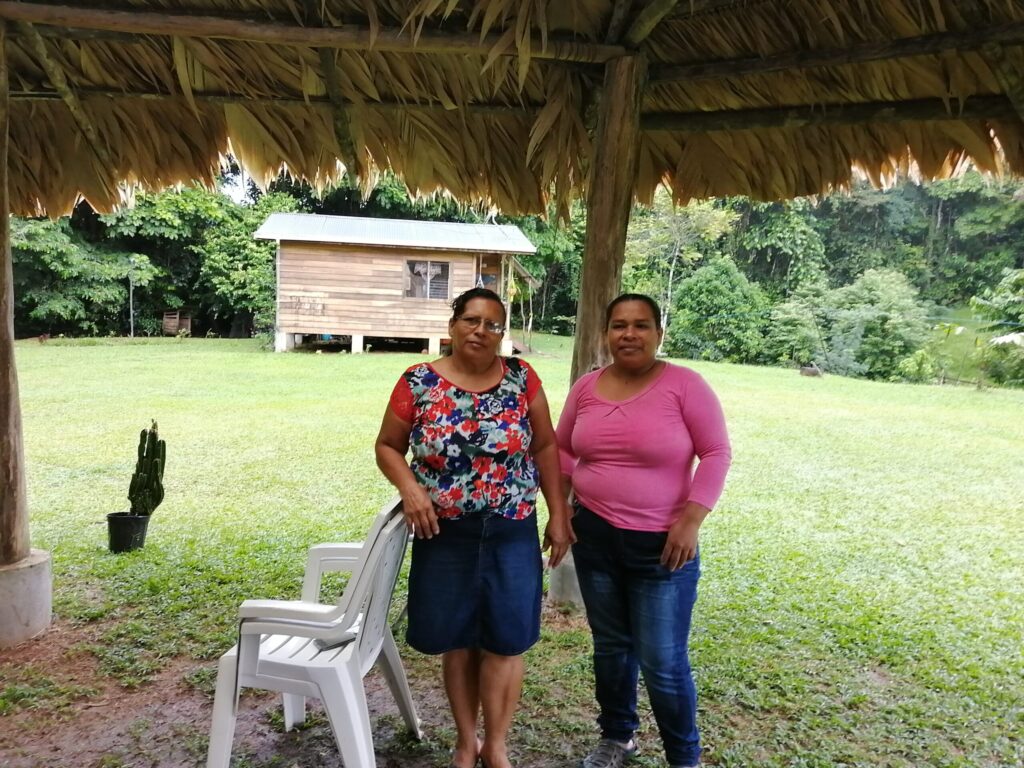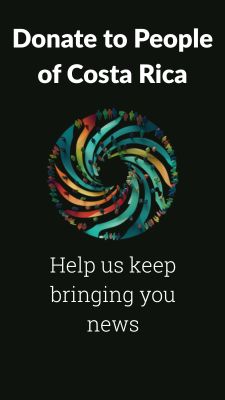The National System of Conservation Areas (SINAC) has appointed an urgent special commission to evaluate “possible damages” to the Térraba-Sierpe National Wetland (HNTS), the largest wetland on Costa Rica’s Pacific coast and a site of vital international importance.
The measure is a direct reaction to growing alerts about a proposed landfill project in the town of Salamá de Osa, Puntarenas, which threatens to contaminate the groundwater of this critical ecosystem.
The specific threat that triggered the alarms is the “construction of a waste treatment plant” by the U.S.-capital company, Nova Tierra Energy Costa Rica. The main fear is that the operation of this landfill could contaminate the aquifers that directly feed the wetland, a potentially irreversible damage.
This risk is not new. In January 2025, the National Environmental Technical Secretariat (SETENA) had already issued a precautionary measure that suspended the environmental viability granted to the project, precisely while the true hydrological impact was being determined. SINAC’s new commission appears to be the next institutional step in the face of community pressure and the seriousness of the complaint.
A Vital, Internationally Protected Ecosystem
The Térraba-Sierpe National Wetland is not just any protected area. It is home to the country’s largest and most important mangrove forest, an ecosystem that functions as a “nursery” for countless species of fish, mollusks, and crustaceans. Much of the artisanal fishing in the Southern Zone depends on its health.
Furthermore, since 1995, it has been designated as a Ramsar Site, which means the Costa Rican state has an unavoidable international commitment to protect, conserve, and ensure its rational use. The wetland acts as a natural barrier against floods and storms and as a biological filter that purifies water.
The Landfill: The Latest in a String of Threats
The concern over the landfill adds to a long list of pressures that are already degrading the wetland. The HNTS is under constant siege from multiple fronts:
- Agro-Industry Contamination: For years, studies have warned of agrochemical runoff from pineapple and palm oil plantations in the upper parts of the watershed. Pesticides and fertilizers travel for kilometers down rivers, settling in the delta and affecting water quality and wildlife.
- Illegal Occupation and Usurpation: The wetland has suffered from weak territorial oversight. In July 2025, the Environmental Prosecutor’s Office successfully petitioned a court to order an individual to halt illegal activities within the protected area, which included extensive cattle ranching (over 100 head), rice planting, illegal land filling, and the construction of drainage canals.
- Illegal Fishing: The area is constantly affected by the use of “trasmallos” (gillnets), which are prohibited and devastate young fish populations in their breeding grounds.
A Community on High Alert
The reaction to the landfill project has been swift and strong. Local groups, such as the Gestores Ambientales del Sur (Southern Environmental Stewards – GAS), have labeled the proposal an “ecocide” and have collected over 400 signatures to formally oppose it.
The community and environmental organizations have been the ones maintaining the alert, demanding that institutions (SETENA, SINAC, and the Public Ministry) act against what they consider the most recent threat to an ecosystem already at a critical point.
The commission appointed by SINAC is now tasked with issuing a technical opinion on the landfill. However, this case highlights the underlying conflict: a clash between the region’s economic development model and the urgent need to conserve one of Costa Rica’s most valuable natural heritages.







